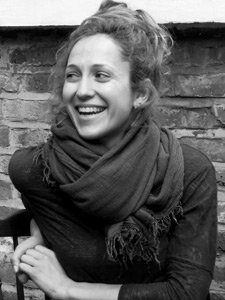 Ieva Kuniskis is an emerging choreographer from Lithuania currently living and working in London. She makes physical theatre work that draws on her heritage, theatre and the folklore tradition of storytelling. She makes dance for stage, film and sited performance. A double bill of her work is at Blue Elephant Theatre 7-9 May.
Ieva Kuniskis is an emerging choreographer from Lithuania currently living and working in London. She makes physical theatre work that draws on her heritage, theatre and the folklore tradition of storytelling. She makes dance for stage, film and sited performance. A double bill of her work is at Blue Elephant Theatre 7-9 May.
When did you begin dancing, where and why?
I am originally from Vilnius in Lithuania, so my first taste of dance was there. One summer (I was about 16), I made a friend who’s sister taught contemporary dance and was immediately intrigued – prior to that I had been going to a yearly contemporary dance festival (The New Baltic Dance), but never considered it for myself. I went along that autumn and it all made perfect sense in my head and for my body, I felt that I found the right place for myself.
What were your early years of dancing like?
Before taking up contemporary classes I didn’t really dance, so my early years dancing looked like this: a few moths of Lithuanian folk dance and a month doing ballroom (from where I was kicked out for chatting – I was 6!)
I did more theatre; a company my dad knew needed a child for a role in Moomins and they cast me as one of the little twins who spoke a made up language. I was less than 10 years old and got to spend a whole season with a professional theatre company!
But movement was never completely alien to me – my dad was involved with mime and theatre, taught Tai Chi, so generally I was still somewhat physical, though not taking the typical route into dance.
How long have you been choreographing?
I started choreographing at university. I got there already sensing that this is where my interests lie. I graduated just over 3 years ago and went straight into making work.
Where did you study and what was a typical day like?
I went to Middlesex University in North London. For at least the first term I remember standing in the corner of the studio waiting for my turn to do a travelling sequence and looking around with this heady feeling ‘Am I actually doing this?!’. It took me a whole year to get used to the thought that this is my life now. (I worked in photography for several years before making the switch to dance).
The course is part academic (I did BA in Dance Studies), so sometimes there was only one technique class a day to make room for library time; we had the option to join other classes in our year and the years below, so by the final year you could really fill up your schedule. And during the summer or half term I’d go to the professional classes at The Place or GDA to keep the momentum going.
Our campus was inside the beautiful Trent Park with a lake, wildlife and hordes of hikers, so sometimes we’d rehearse or do class outside on the grass. We were the final year before the campus closed; by the end all the other courses had already moved and it was just us, so we lived in our pretty little dance bubble.
What is a typical day like now?
The only typical thing now is that my week is completely unpredictable from one day to the next. I might do a morning class followed by an admin afternoon of writing projects, applications or generally catching up on emails (there is a lot more computer time involved in being a choreographer than I ever anticipated!); one day I’ll be working out some material in the studio, at the Southbank or in my kitchen, then going to see a show somewhere. The next – it’s meetings with potential collaborators followed by 6 hours of rehearsals, followed by an exhausted collapse into bed.
I also work as a photographer’s assistant, so when it’s quiet with dance projects I can spend a lot of the time in a photo studio or on location. That can be quite deflating, so I recently resolved to take at least one class per week to remind myself how much I love dance.
Do you still take classes?
After graduating I didn’t do any technique, just Contact Improvisation and Gaga – I was a bit fed up with the structured ‘face the mirror, do as I say’ dancing. But after a year I began to miss the brain and body training that comes with working out somebody else’s material and figuring out how to apply it to your own body.
I had an injury last summer, so I didn’t take class for a while. But I am back and trying to take one regularly – for training, for motivation, to remind myself how much I love it, for creative inspiration and the social aspect of it, too. I just returned from a week-long Gaga Intensive in Belgium, so am feeling refreshed and inspired.
Do you prefer choreographing to performing?
Yes, definitely choreographing. Although sometimes I miss performing, too. I do maybe one performing project a year or have to take over in one of my own pieces.
If I take on a performance project I try to find one that gives me an opportunity to learn something new in the creating process; that’s what I love most about making dance, whether as performer or choreographer – the time in the studio.
What’s the best part about choreographing your own work for yourself?
I love working in the studio with other people. I love the ‘making’ time – bringing an idea, unpeeling the layers; seeing how suddenly (and it always seems to catch me by surprise!) an idea becomes a movement phrase, then moulds into a whole section – a trace of something you know is unique and special. It’s the rush of those moments that I love; maybe it’s a kind of adrenaline rush?
What would you say was your greatest achievement to date?
I think just the decision to stick with dance is a pretty big achievement! Everything I do feels like small gradual steps towards making my career into something that keeps me stimulated and last into old age. Some of these steps are very considered and strategic, others feel completely accidental.
On reflection I can name some things as achievements; for example, the fact that my first piece Gone To Get Milk was invited to perform in Austria and Lithuania (at that same prestigious New Baltic Dance festival I used to go to for my dance fix). Having the first solo run in May – a double bill evening of my own work – must be an achievement in the official books, but I can’t tell yet. I think it’s too early in my career to talk about achievements.
Which part of dance do you enjoy most?
This is a difficult question; there is no one part. I can answer which part I enjoy the least; it’s being glued to my computer doing admin, writing project plans, trying to verbalise ideas – it feels isolating and keeps me away from the studio (although I understand that in the long run it is part of the preparation that gets me into the studio and closer to the sustainable career I want).
I like the people I get to meet and work with – they are passionate and inspiring. There is also a sense of shared understanding and respect there, nobody will dismiss you. I once got an email from a choreographer whom I never met before; she had recently seen my work. She has been working in dance longer than I and invited me for a drink, just to chat and offer to share her experiences and advice. It’s really comforting to feel this sort of support! I think it’s quite unique within any professional industry, but I see a lot of it in contemporary dance. We are a peculiar type.
What advice would you give to someone aspiring to be part of the dance industry?
You have to really, really love it (neurotically, obsessively!) and keep trying to re-find that love whenever you feel fed up with being penniless or feel like friends with ‘normal’ jobs are moving ahead with their lives while you’re still serving drinks in a pub.
Take class, it gets you into the pool of like-minded people, who are just as mad as you for choosing this career – apart from training it’s reassuring and inspiring, it is also great for networking. Stop thinking about taking class or seeing a performance as a luxury, it’s part of your continuous development, like keeping your practicing license up to date.
Make a schedule, know that you will do a class every Wednesday and see a performance or an exhibition, or a play once a month. Having a routine is good – you have something to look forward to and work towards, and you can plan around it. This is something I am still trying to implement in my life, talking with friends it seems that routine is hard to master for creative heads.
What’s next for you?
I am going into rehearsals for Gone To Get Milk and Women’s Tales, that’s a double bill evening running 7-9 May at the Blue Elephant Theatre; then, a few days off to spend with my dad, who timed his visit so that he can see the show.
I am working on a really exciting collaboration with a violinist Abe McWilliams exploring and re-imagining Lithuanian folk music. There are also seeds being planted for a really interesting male duet, which I am getting really excited about.
And in my dreams – a full length piece for 2015.
Oh, and I am seeing Eva Recacha’s Easy Rider next week – that’s my once-a-month thing for April.
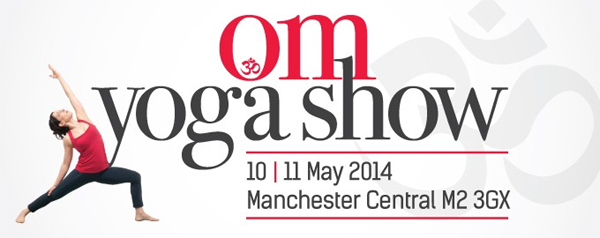 Nicky McGinty, professional dancer and choreographer, is the pinnacle of Ballet Yoga, set to be presented at the OM Yoga Show and MBS Experience in Manchester from 10-11 May. In a unique fusion of Contemporary Ballet and Vinyasa yoga, the techniques are combined to create enormous strength, flexibility, fat burning, co-ordination and great posture.
Nicky McGinty, professional dancer and choreographer, is the pinnacle of Ballet Yoga, set to be presented at the OM Yoga Show and MBS Experience in Manchester from 10-11 May. In a unique fusion of Contemporary Ballet and Vinyasa yoga, the techniques are combined to create enormous strength, flexibility, fat burning, co-ordination and great posture.
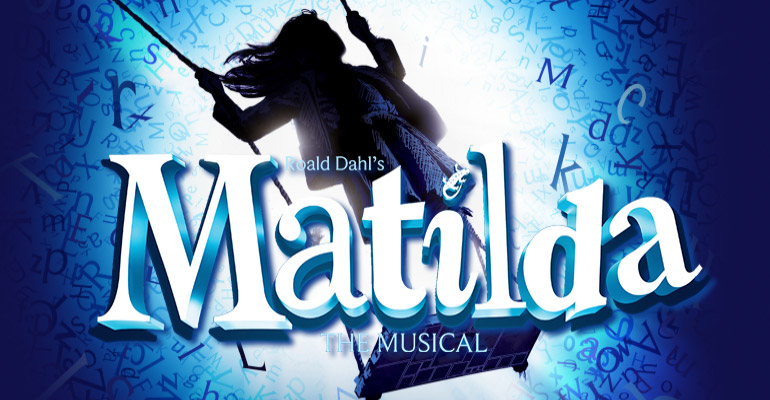 West End musical Matilda will hold a relaxed performance of its hit production in the summer. It will be aimed at audiences with autism and learning difficulties, and the Royal Shakespeare Company, which produces the show, has been working with the National Autistic Society. The performance will be held on 15 June.
West End musical Matilda will hold a relaxed performance of its hit production in the summer. It will be aimed at audiences with autism and learning difficulties, and the Royal Shakespeare Company, which produces the show, has been working with the National Autistic Society. The performance will be held on 15 June. More than 250 arts organisations are taking part in Get Scotland Dancing, part of the four-year legacy culture programme for Glasgow 2014 aimed at getting more people of Scotland up on their feet and moving to music. As a country which has a high level of obesity, the Get Scotland Dancing campaign is a fantastic initiative to encourage more people to engage with dance through the various methods of the programme of activity.
More than 250 arts organisations are taking part in Get Scotland Dancing, part of the four-year legacy culture programme for Glasgow 2014 aimed at getting more people of Scotland up on their feet and moving to music. As a country which has a high level of obesity, the Get Scotland Dancing campaign is a fantastic initiative to encourage more people to engage with dance through the various methods of the programme of activity.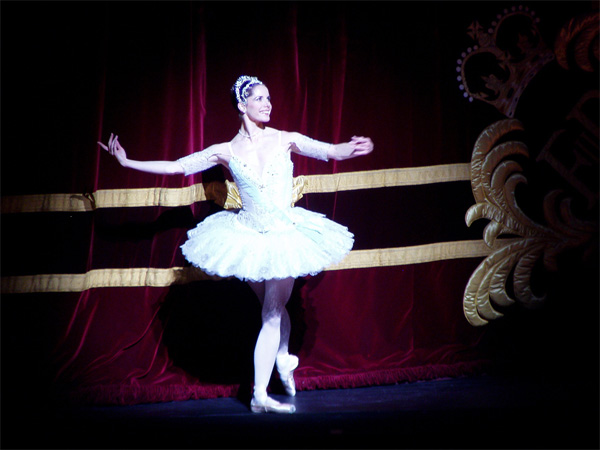
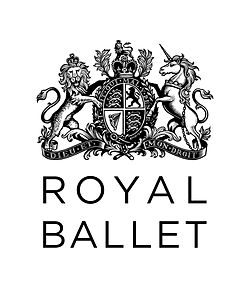 The Royal Ballet 2014/15 season has recently been announced. It will include three world premieres (with only one likely to be classical) including a new full length ballet by Wayne McGregor, a new one act ballet from Liam Scarlett in November, alongside Kim Brandstrup’s Ceremony of Innocence, and a work by Hofesh Shechter.
The Royal Ballet 2014/15 season has recently been announced. It will include three world premieres (with only one likely to be classical) including a new full length ballet by Wayne McGregor, a new one act ballet from Liam Scarlett in November, alongside Kim Brandstrup’s Ceremony of Innocence, and a work by Hofesh Shechter.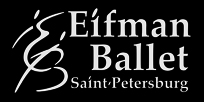 Renowned choreographer, and Artistic Director of Eifman Ballet for over 37 years, Boris Eifman talks about his latest work shown at London’s Coliseum…
Renowned choreographer, and Artistic Director of Eifman Ballet for over 37 years, Boris Eifman talks about his latest work shown at London’s Coliseum… On 6 April, the global smash hit musical MAMMA MIA! celebrated its 15th birthday in London’s West End. Benny Andersson and Björn Ulvaeus, stars of iconic band group ABBA who have rarely performed together since the four disbanded in 1982, then joined the cast of MAMMA MIA! in a musical finale at this year’s Olivier Awards as part of the celebrations. The show was televised for the ITV highlights show, broadcast on 13 April. 2014 also marks the 40th anniversary of the start of ABBA’s global success with the release of the hit track ‘Waterloo’.
On 6 April, the global smash hit musical MAMMA MIA! celebrated its 15th birthday in London’s West End. Benny Andersson and Björn Ulvaeus, stars of iconic band group ABBA who have rarely performed together since the four disbanded in 1982, then joined the cast of MAMMA MIA! in a musical finale at this year’s Olivier Awards as part of the celebrations. The show was televised for the ITV highlights show, broadcast on 13 April. 2014 also marks the 40th anniversary of the start of ABBA’s global success with the release of the hit track ‘Waterloo’. Ieva Kuniskis is an emerging choreographer from Lithuania currently living and working in London. She makes physical theatre work that draws on her heritage, theatre and the folklore tradition of storytelling. She makes dance for stage, film and sited performance. A double bill of her work is at Blue Elephant Theatre 7-9 May.
Ieva Kuniskis is an emerging choreographer from Lithuania currently living and working in London. She makes physical theatre work that draws on her heritage, theatre and the folklore tradition of storytelling. She makes dance for stage, film and sited performance. A double bill of her work is at Blue Elephant Theatre 7-9 May.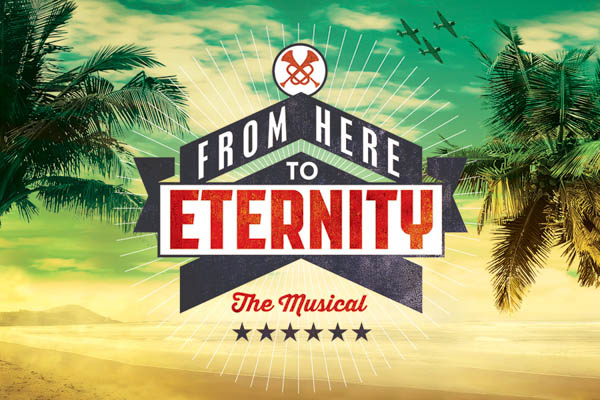 From Here To Eternity, the hit West End musical which sadly closed on 29 March, may reemerge in another form. It seems it is not yet over for Tim Rice’s latest musical venture: ahead of its 2015 Broadway run, a screening of the West End’s production of From Here To Eternity will be broadcast in theatres around the US. Entertainment companies Omniverse Vision and Fathom Events are collaborating to capture the musical, following in the footsteps of shows such as War Horse and Noël Coward’s Private Lives which have been screened previously.
From Here To Eternity, the hit West End musical which sadly closed on 29 March, may reemerge in another form. It seems it is not yet over for Tim Rice’s latest musical venture: ahead of its 2015 Broadway run, a screening of the West End’s production of From Here To Eternity will be broadcast in theatres around the US. Entertainment companies Omniverse Vision and Fathom Events are collaborating to capture the musical, following in the footsteps of shows such as War Horse and Noël Coward’s Private Lives which have been screened previously.